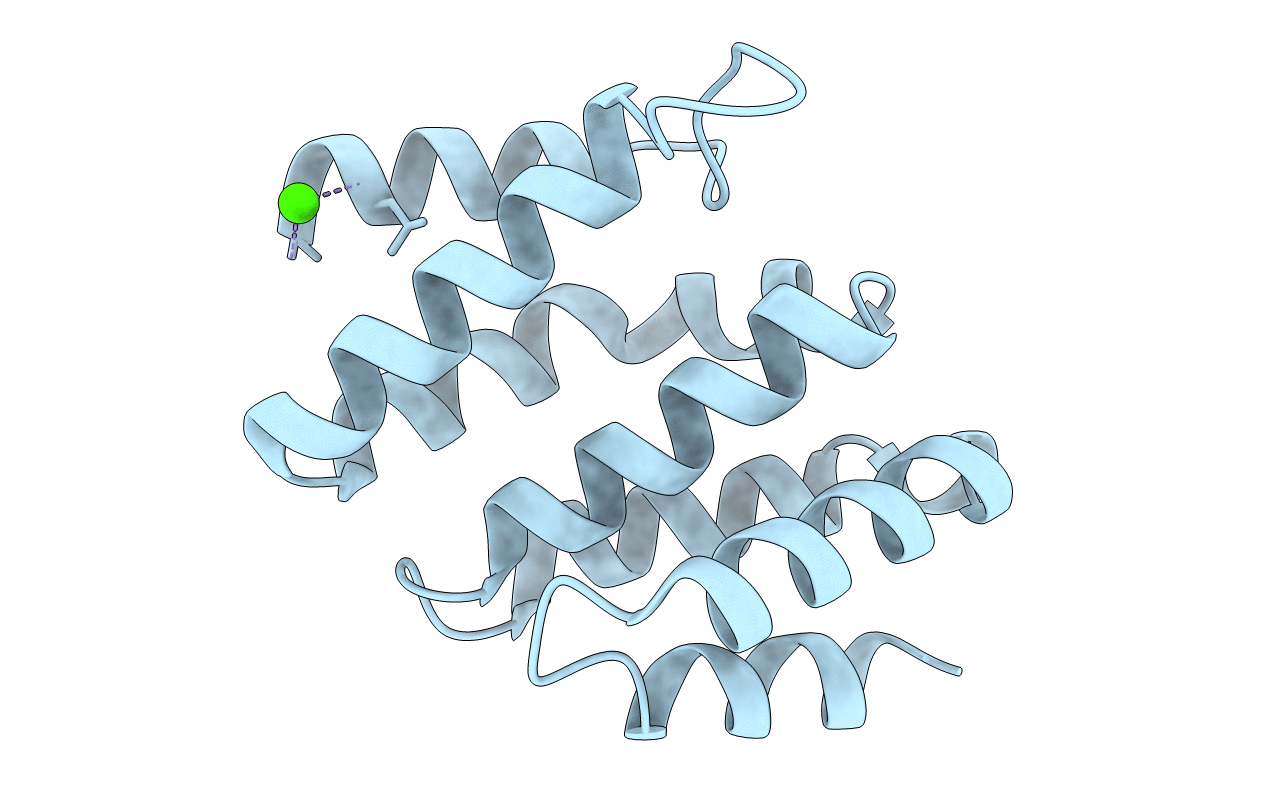
Deposition Date
2004-12-02
Release Date
2005-01-18
Last Version Date
2024-11-06
Entry Detail
Biological Source:
Source Organism:
SACCHAROMYCES CEREVISIAE (Taxon ID: 4932)
Host Organism:
Method Details:
Experimental Method:
Resolution:
2.30 Å
R-Value Free:
0.28
R-Value Work:
0.25
R-Value Observed:
0.26
Space Group:
P 43 21 2


